When you step out into the wilderness, you leave the safety of developed areas. Humans have banded together since the dawn of time to drive away predators. However, when you're in rural or wilderness areas plenty of predators can sneak up on you. One of the deadliest creatures you're likely to run into in North America are venomous snakes. This doesn't mean that you should fear nature, but it deserves your respect. Fortunately, there is snake boot design to reduce your risk of injury from bites.
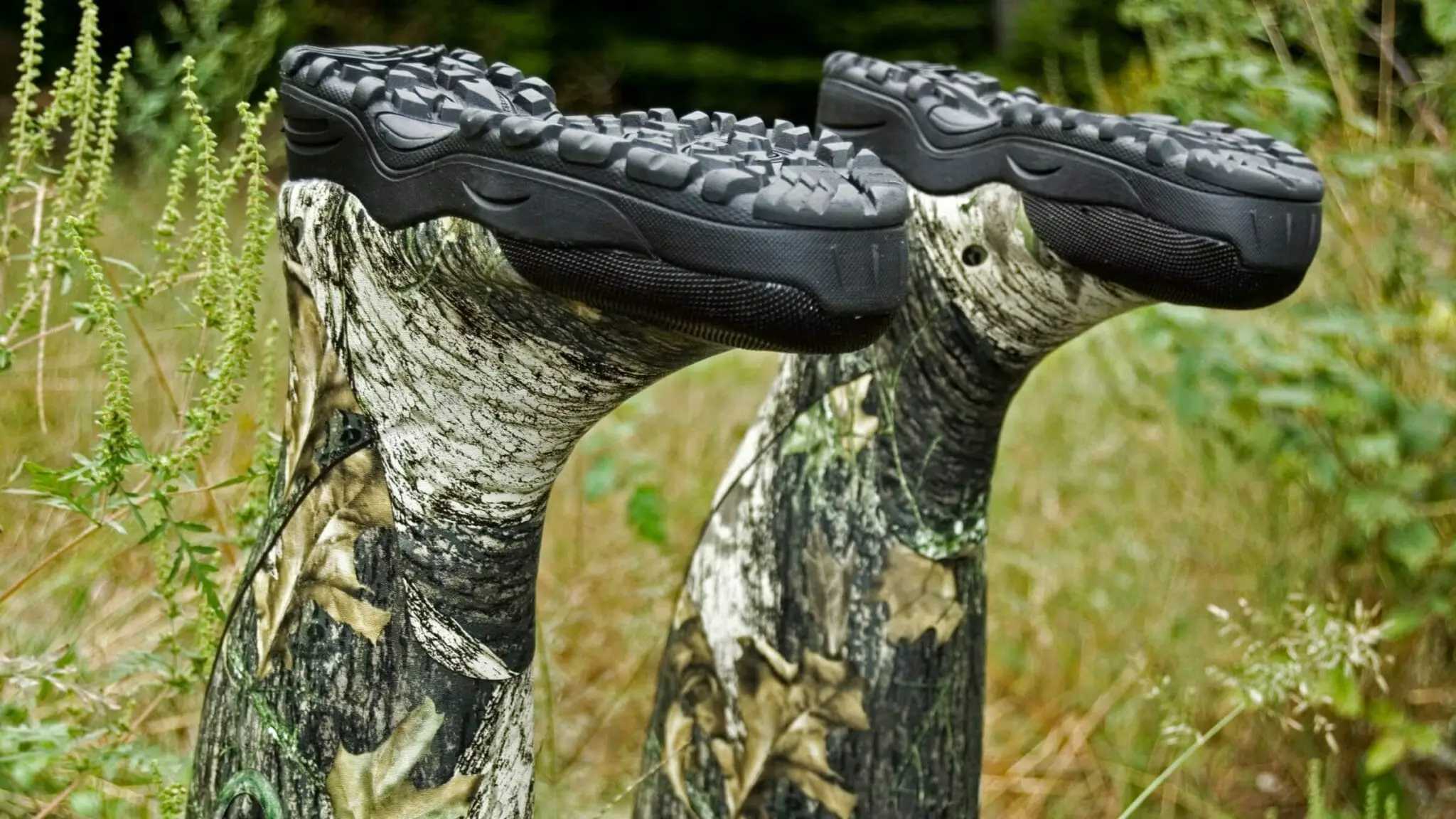
Out of all of the creatures on this planet people fear snakes the most. Their potent venom and their intimidating appearance inspires phobias. If you haven't seen a snake in real life you might not realize these creatures are deceptively fast. In addition, they often exhibit unpredictable behavior, making them even more dangerous.
If you want to protect yourself from snakes in the wild, you will need a pair of snake boots. In today’s guide, we’re going to cover everything you should know about the snake boot design process behind a reliable pair of snake boots. We’ll look at the most critical aspects of these boots and much more.
What Are Snake Boots?
Before getting into the details, we give a quick summary of what makes snake boots unique. If you've never seen snake boots before, this is for you. Boot manufacturers design these outdoor boots to resist snake bites by using tough material that snake fangs cannot penetrate.
Of course, a snake boot will not make you immune to injury. Other parts of your body are still exposed, but your legs and feet have the highest risk for bites. Now that we've briefly covered snake boots let's move on to what you've been waiting for.
Fundamental Criteria in Snake Boots Design
When manufacturers design snake boots, there are a few aspects that they focus on to optimize their design. Primarily, features that relate to protection see the most focus, as the boots will need to offer you protection. Secondary aspects include comfort, fit, and much more that we’ll look at.
High Shaft
One of the design characteristics that you'll find is a tall shaft which protects a larger portion of your legs. More coverage reduces the odds of a snake biting somewhere vulnerable. Some snake boot models extend extend up to your thighs.
Other than protection, you’ll find that a higher shaft provides more support. This reduces the odds you end up turning your leg, which is critical in rough terrain. Keep in mind that taller boots are heavier, which ends up slowing you down and putting more strain on your legs.
Protection
This aspect is closely related to snake boots featuring a high shaft, as they both have to do with keeping you safe from bites. Most of the time, snake boots features advanced materials which keep the weight low while still preventing fangs from making it through.
Some snake boots feature inserts or plates in high-risk areas where snakes are most likely to bite. In the snake boot design process, protecting your feet and legs takes precedence over all other features. Clearly, a snake boot that doesn't protect you adequately can lead to serious injury or even death.
Grip
Since you wear snake boots in the outdoors, they will need to handle tougher terrain, and this is where grip comes in handy. Most snake boots feature advanced tread patterns and knobs to make it easier to get a grip on uneven terrain, which keeps you from falling.
If you are hiking through an area inhabited by snakes, the last thing you'll want to do is fall, as that will leave you vulnerable to a bite elsewhere on your body. Even if there aren't any snakes around, a fall in the wilderness can result in an injury that may incapacitate you.
Longevity
While snake boots see a lot of abuse, they may last longer than you expect. No customer wants to go around buying a new pair of boots every summer, and most feature high-quality materials that last a long time.
From the use of more resilient materials, to boot designs that help minimize the amount of wear and tear they have to deal with, many features are present to help your boots last longer. Longevity also ties into the matter of durability, as you won’t want your snake boots to start falling apart, reducing their protection.
Snake Boot Design for Comfort
Comfort is one of the more crucial aspects that is accounted for when designing snake boots, and we have given it its own section because there are two main philosophies in snake boot design. Some boot makers choose to focus on protection at the expense of comfort, making it almost impossible for a snake to get through.
Other companies prioritize comfort over protection, which may help improve the health of your feet over long walks, but what’s the point of a snake boot that doesn’t protect you? You may be wondering why one has to take precedence over the other; it doesn’t as long as you are willing to pay extra for your boots.
Brands
Many different brands make snake boots, and they all have different ideas of what makes the best boot. For example, you have options like Chippewa, who make snake boots that are exceedingly capable, yet still stylish. On the other hand, some companies focus on making their products as affordable as possible.
Untrustworthy brands should be avoided at all costs, as you don’t want to take a chance with boots that can fail at any moment.
Conclusion
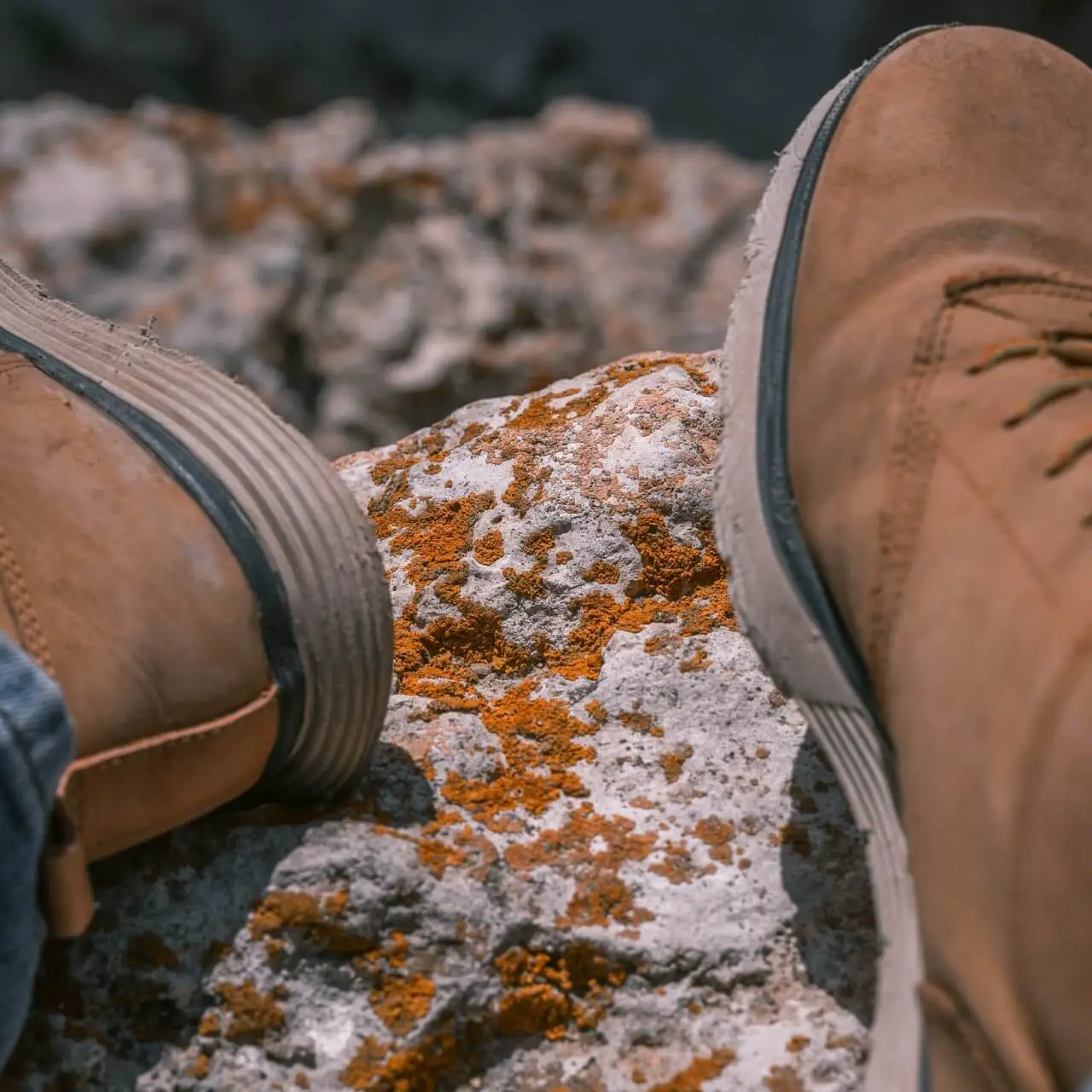
As you can see, the matter of snake boot design is a surprisingly complicated one. We hope that we’ve been able to elaborate upon it sufficiently. Knowing what does and doesn’t matter in this type of footwear is the easiest way to ensure that you find the right snake boots for your needs.
Sources:

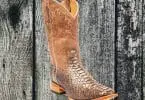
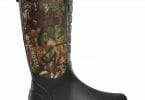
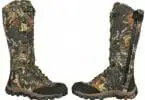
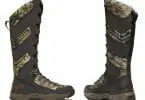
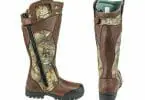

Leave a Comment